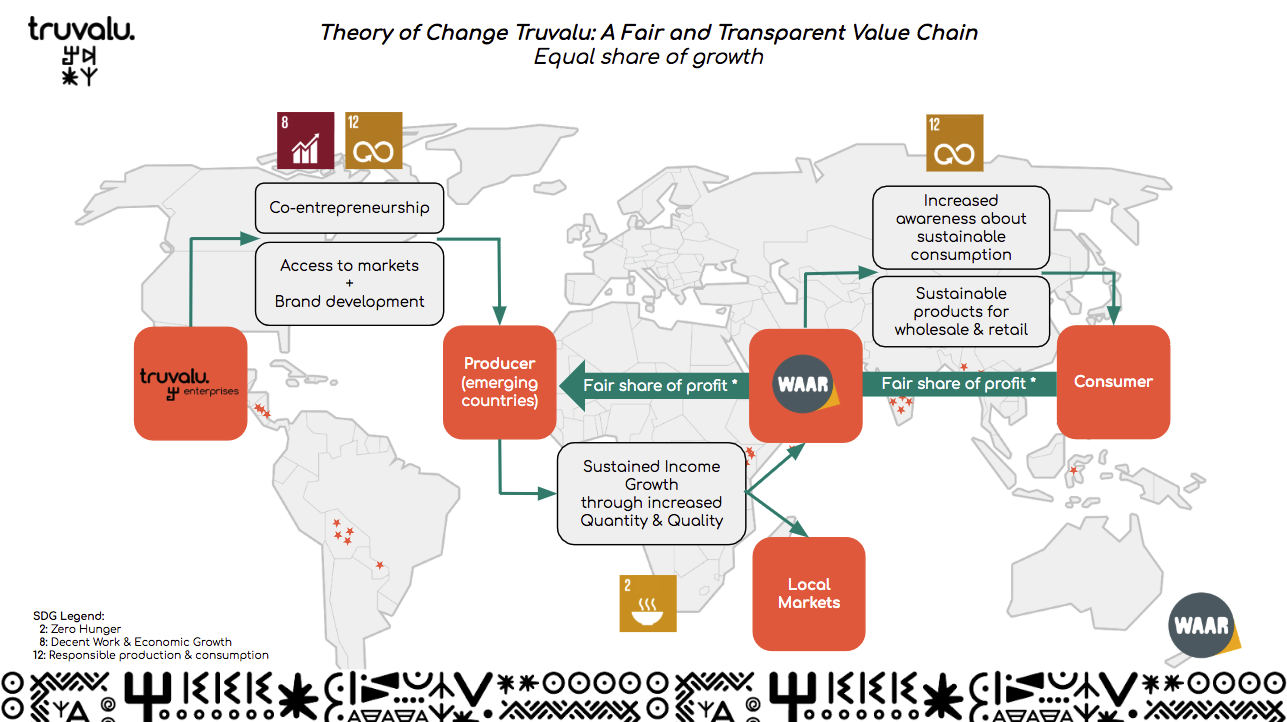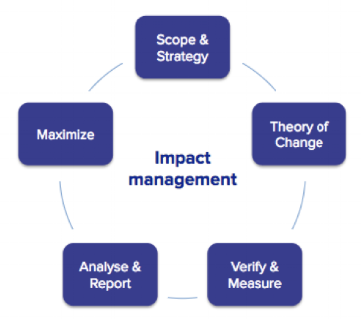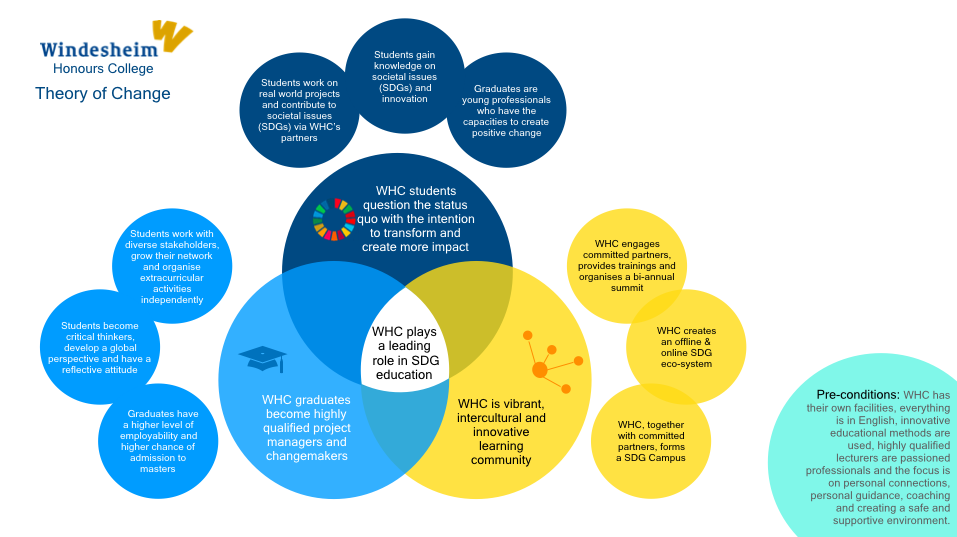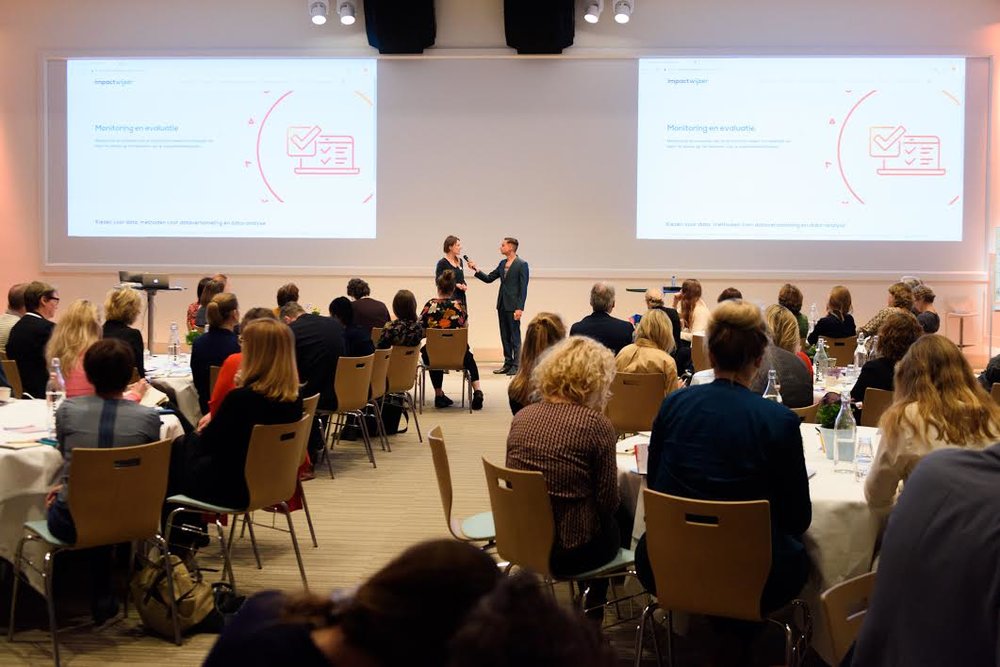Truvalu.enterprises actively participates in local small and medium-sized enterprises (SMEs) in Asia, Africa and Latin-America. Its mission is to create local jobs, global networks and a sustainable impact combined with economic returns. Truvalu.enterprises aims to achieve this by building fair and transparent value chains, in which all parties are equal partners: the producers in emerging countries, the impact investor (Truvalu.enterprises), the retailer and consumers have mutually inclusive interests and share profits equally. Truvalu.enterprises cooperates with WAAR, a retailer who sells fair trade-certified products from emerging countries in the Netherlands and other European countries and who shares the vision of transparency and equality.
Sinzer has supported Truvalu.enterprises in developing a Theory of Change (ToC) that reflects an equal share of growth for all partners as well as highlights some of the conditions that need to be in place in order to achieve this goal.
Theory of Change narrative and visual Truvalu.enterprises works as a co-entrepreneur with small and medium-sized enterprises (producers) in emerging countries and hence offers capital, access to markets and brand development. Through capital and training provided, producers will be able to increase the quantity and quality of the products, leading to sustained income growth through sales. Producers can either sell their products with profit to the local markets, or at cost price to WAAR.
Consequently, WAAR will sell the products to consumers in western markets, which is likely to generate a higher profit than selling at local markets. In order to ensure this value-add is equally and fairly distributed, the profit generated by selling through WAAR will be shared among all partners of the value chain in proportion to their contribution. The figure below illustrates the ToC.

Sustainable development goals
Truvalu.Enterprises and WAAR aim to contribute to the Sustainable Development Goals (SDGs), as is reflected in the Theory of Change where specific SDGs have been linked to certain activities or steps in the value chain. For example, the training provided by Truvalu.enterprises (or their partners) contributes to ‘ensuring sustainable food production system and implementing resilient agricultural practices (SDG 2; Target 2.4).
In order to be able to measure and maximize the envisioned impact, Sinzer has developed an operable SDG impact management framework with indicators that can be used to track performance and impact of each investee. The framework is geared towards providing management information related to each investee as well as the portfolio as a whole: where are we now and on which aspects can we improve?
Interested in how you can manage the impact of your investments related to the SDGs?
#socialimpact #sustainability #csr #ESG #sdgs #mba #wbs #thesectorinc #peace #love #toronto #uwo #impactinvesting #socialfinance #consulting #strategy #fundraising #sinzer





